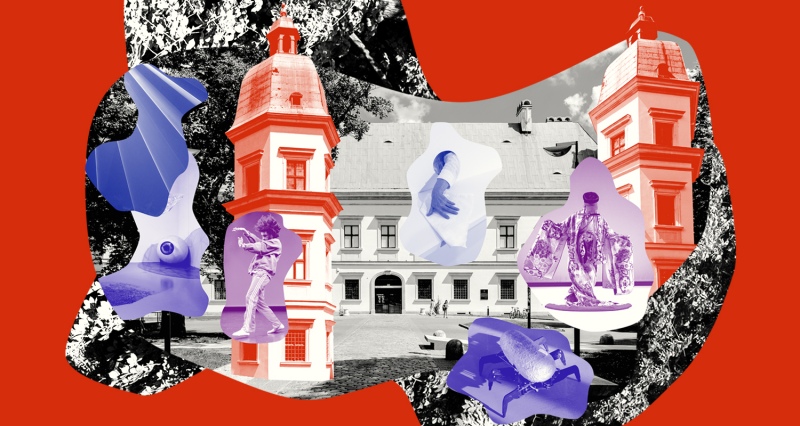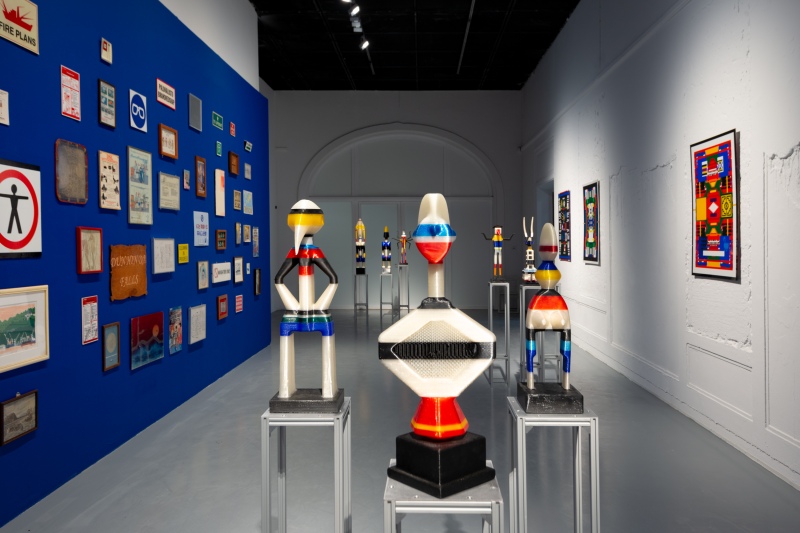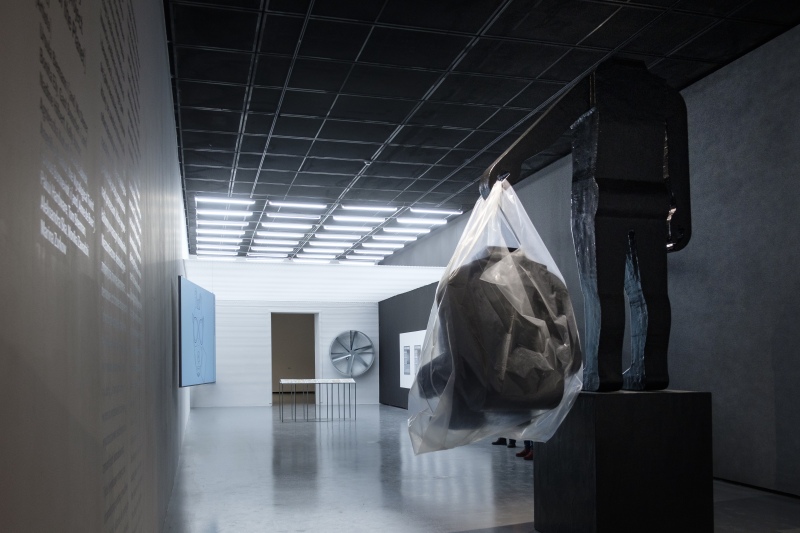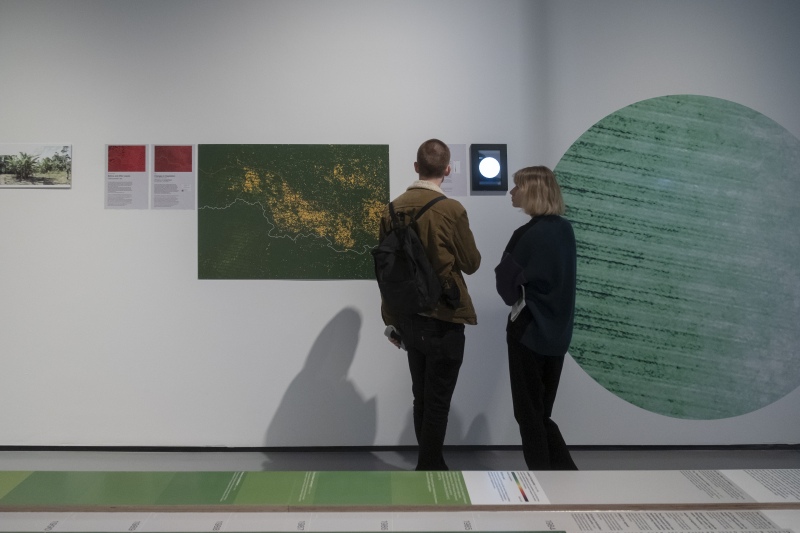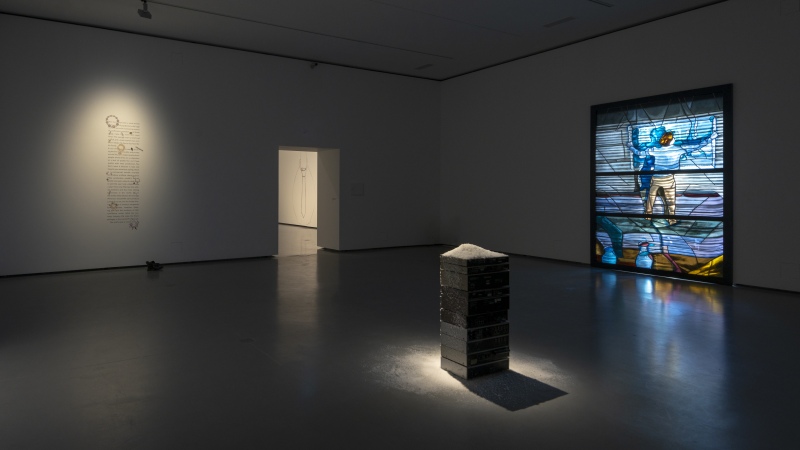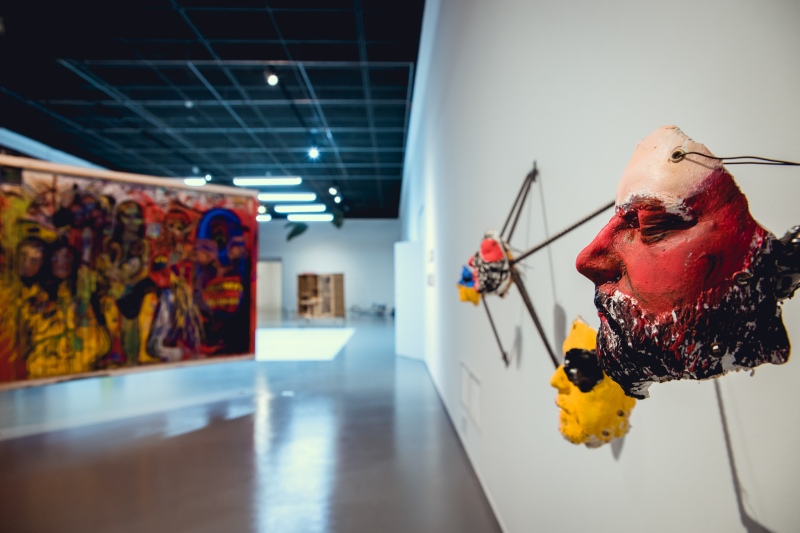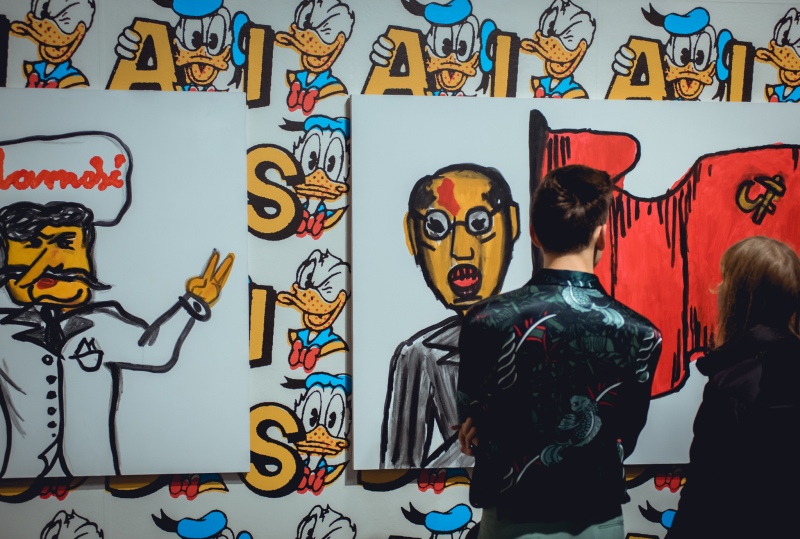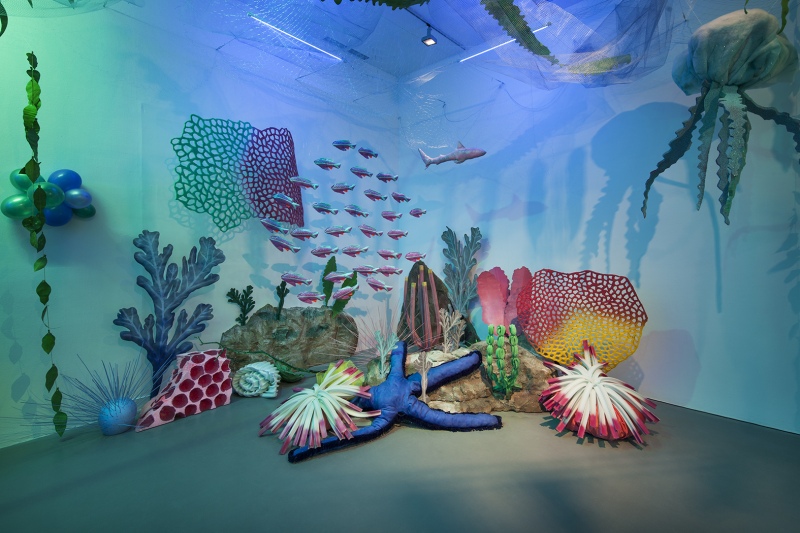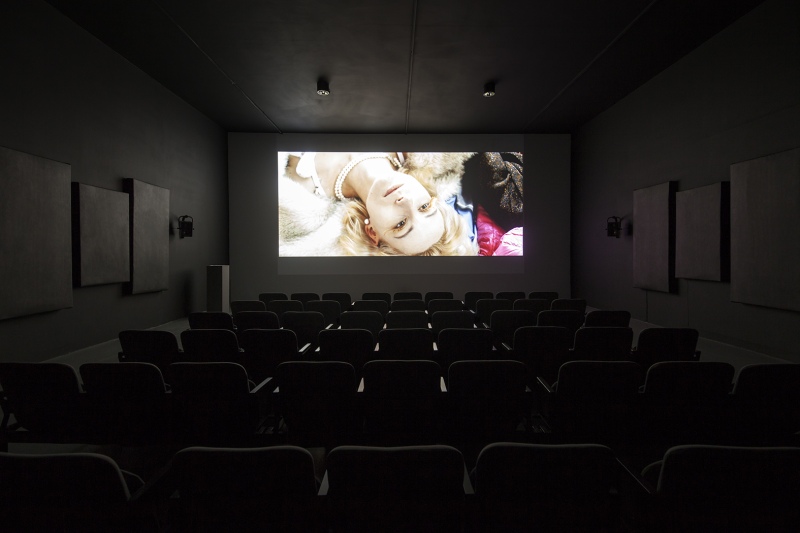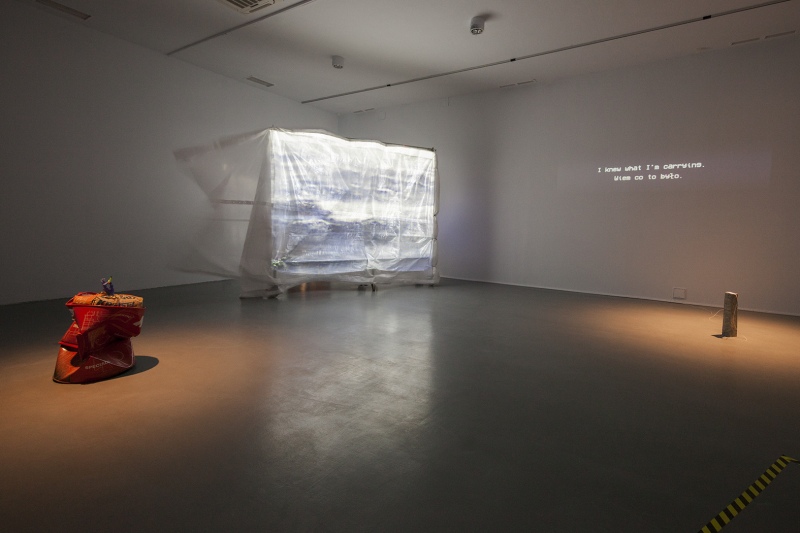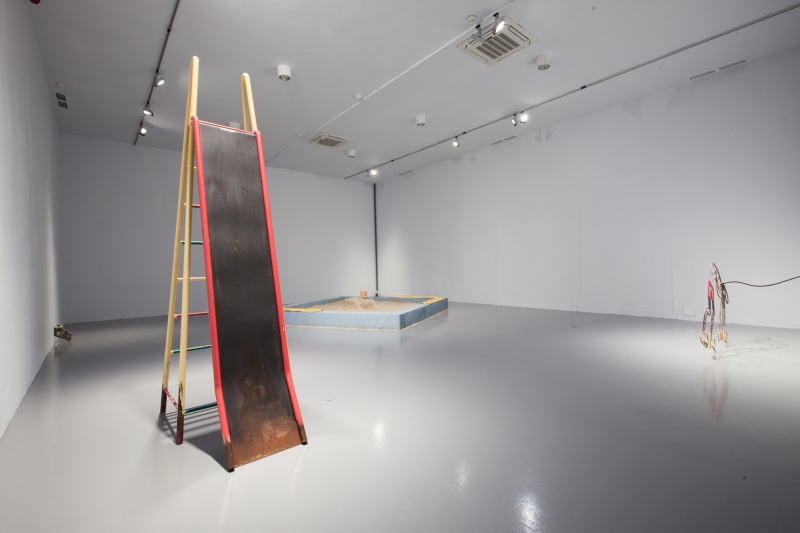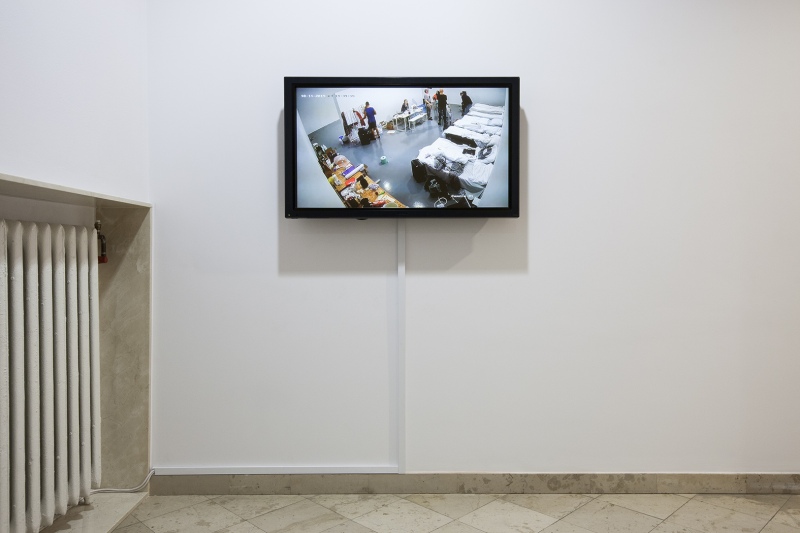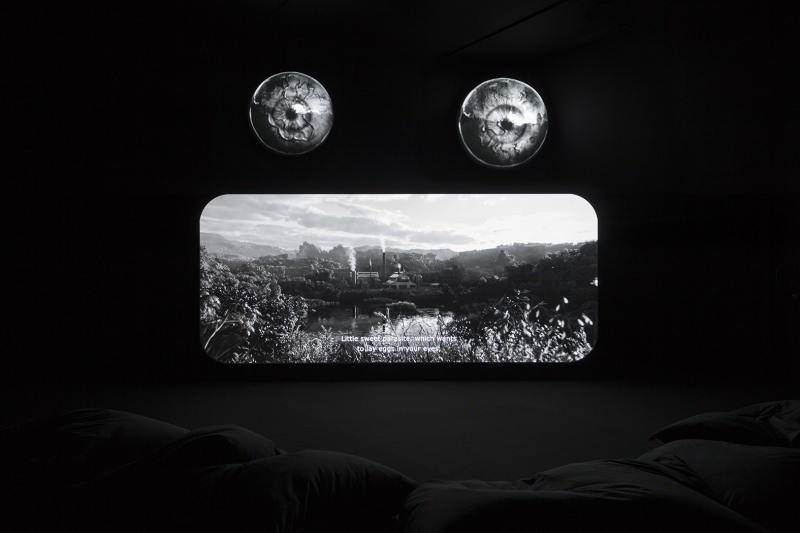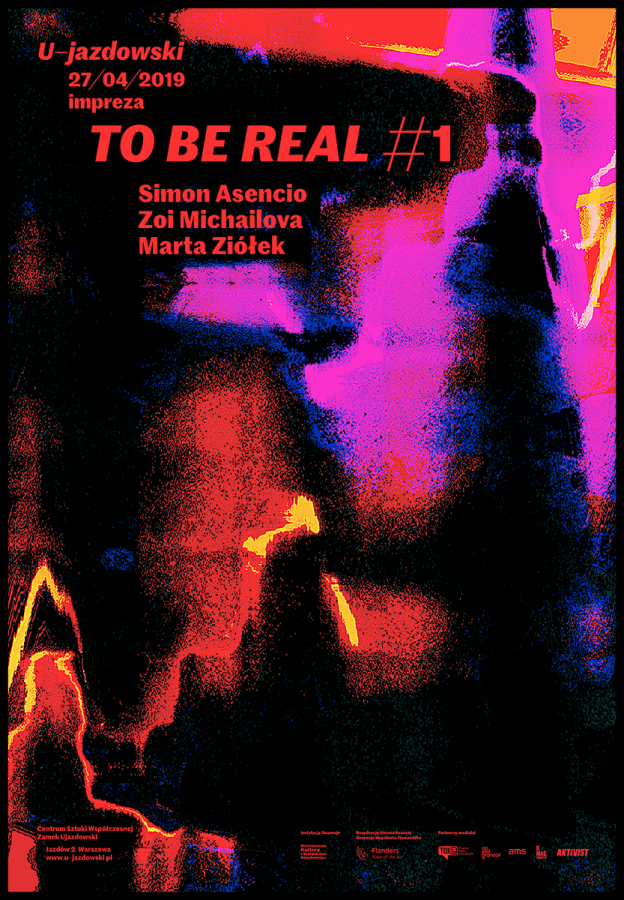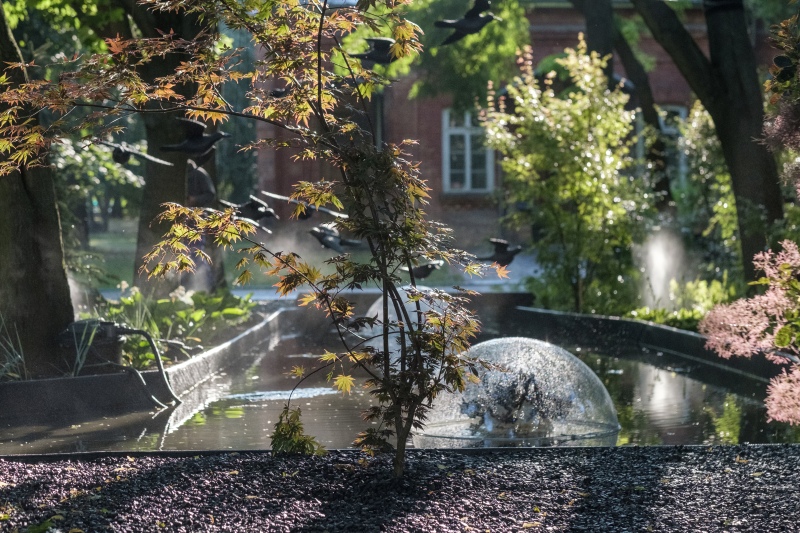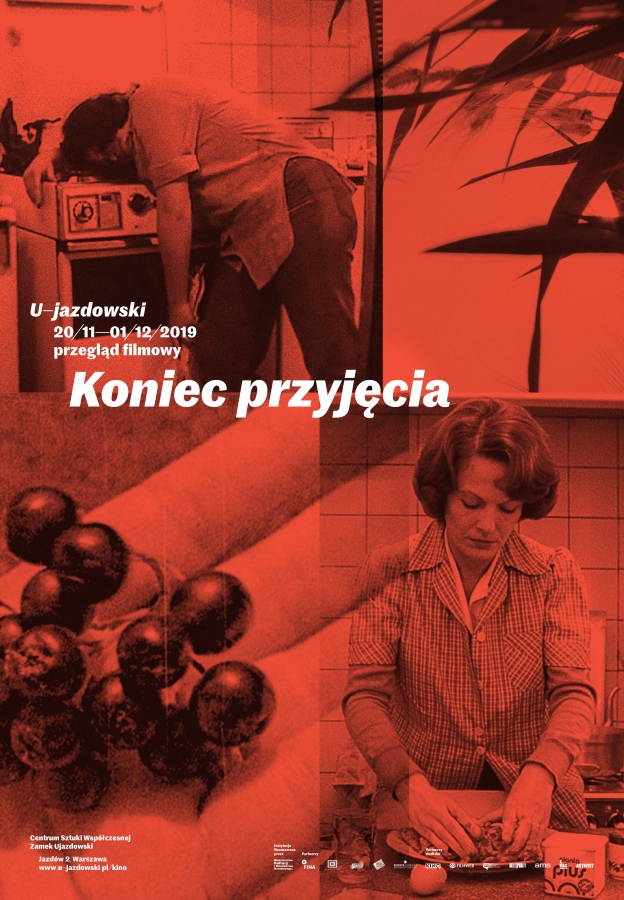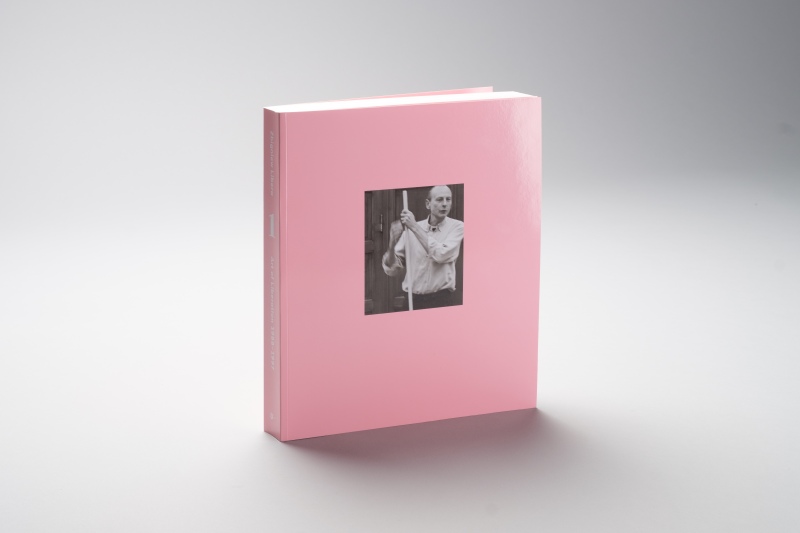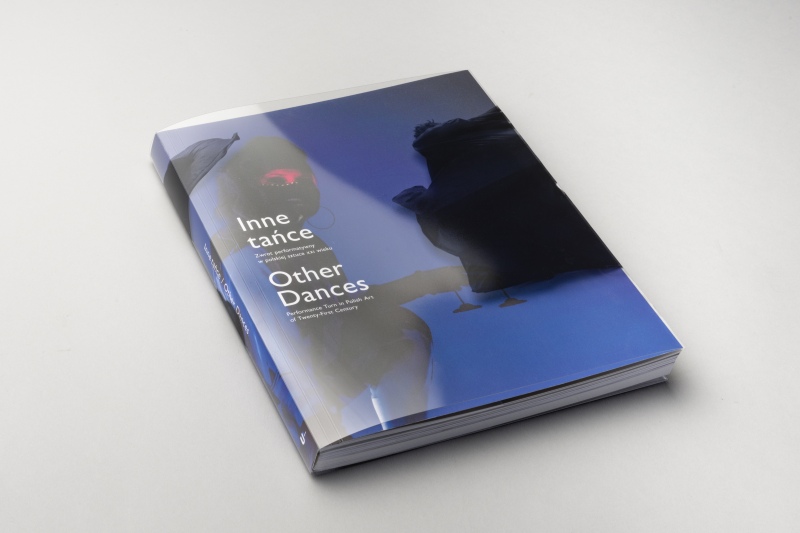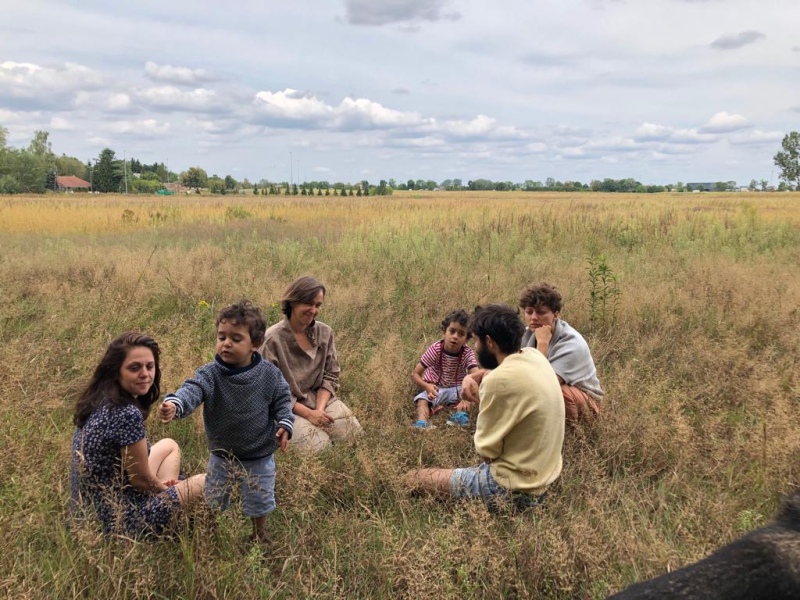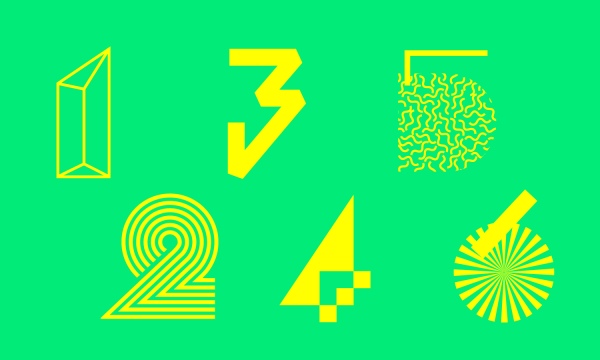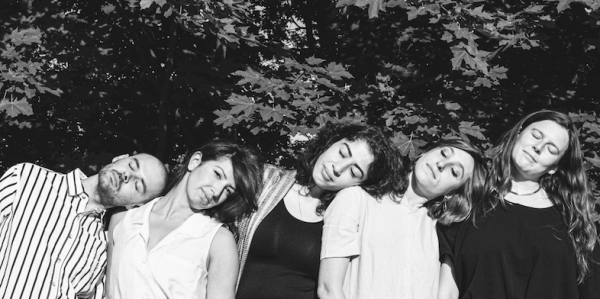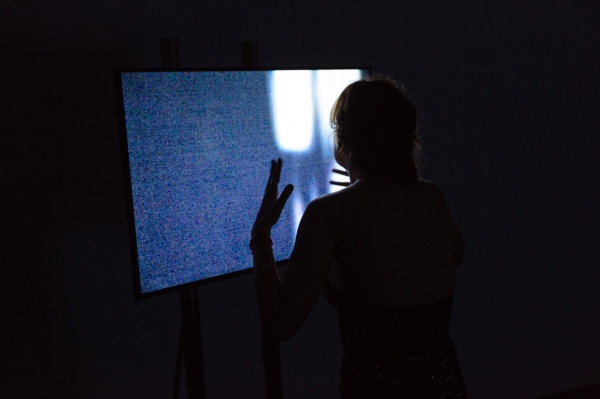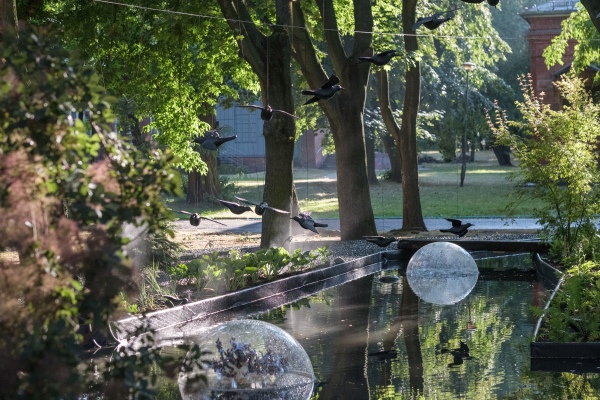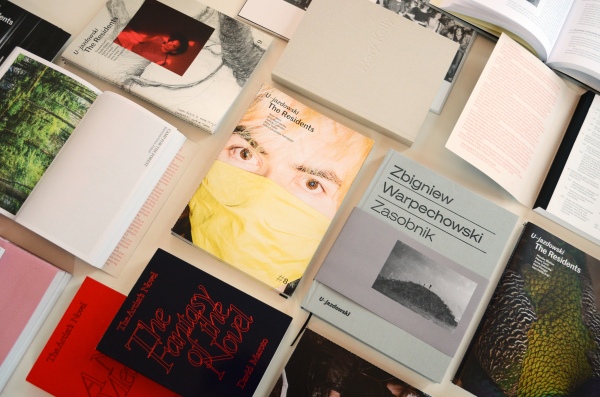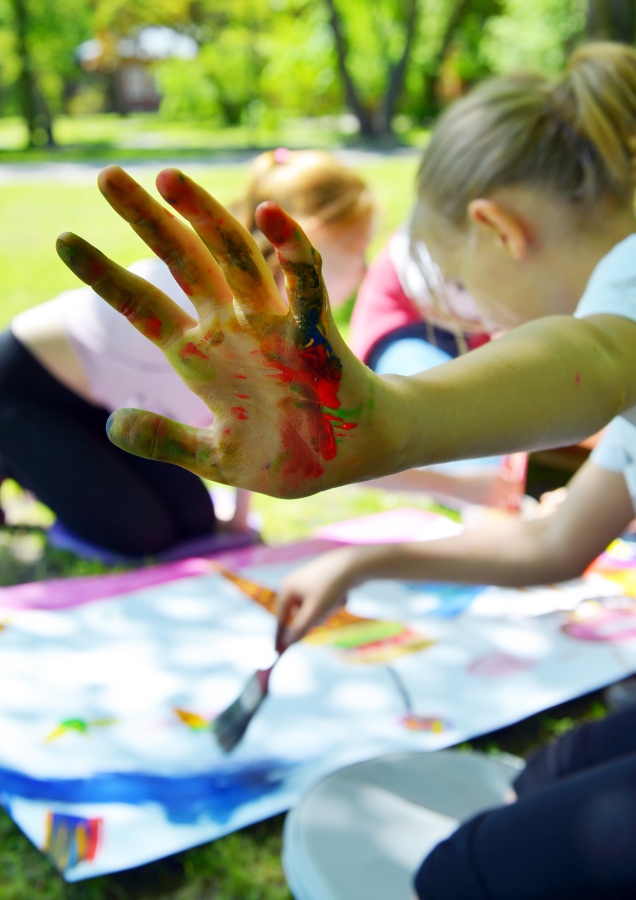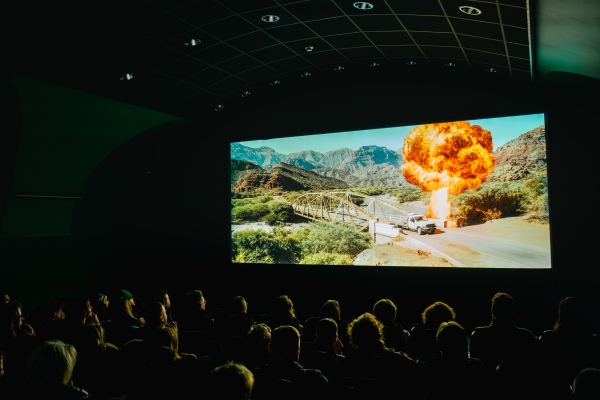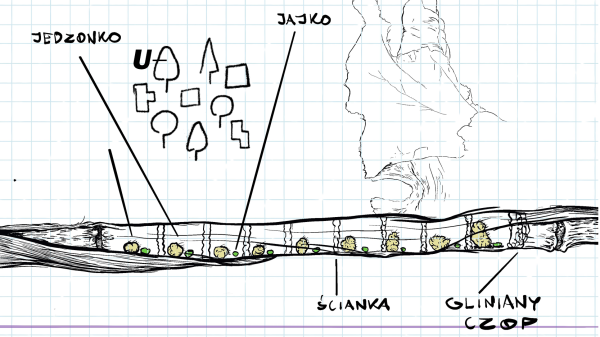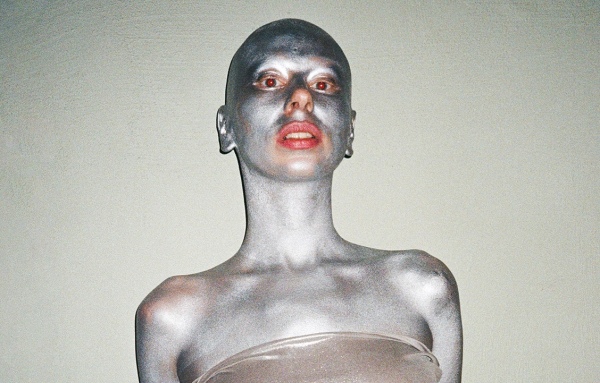It Has Been an Intensive Year!
2019 at U–jazdowski
A dozen or so exhibitions, dozens of events, and more than 200,000 visitors. The year 2019, now drawing to the close, has proved action-packed for the Ujazdowski Castle Centre for Contemporary Art. We have hosted artists from Poland and abroad; we have gone back to the very roots of the institution to tell its story anew, and in reflecting on what is happening in Poland, we have adopted a global perspective.
Audiences have been enthusiastic about U–jazdowski, visiting in their droves. The sensory exhibition Touch the Art – addressed to children and encouraging them to discover art together – has been seen by over 70 thousand visitors. More than a thousand viewers attended the opening on Children’s Day. it was a great success.
One of the mainstays of the U–jazdowski program is the support offered to Polish artists. As part of our Project Room, which we have been running for a number of years, artists of the young generation have received financial assistance and gained the opportunity to make an institutional debut. In 2019, the Project Room hosted exhibitions by Marta Krześlak, the Fashion House Limanka collective, Jan Moszumański, Wiktoria Walendzik, and Horacy Muszyński, as well as Róża Duda and Michał Soja.
The most important individual exhibitions during the current year were those that presented the art of Polish artists of the middle generation. In her exhibition Sitting Here Bored like a Leopard, Maria Loboda experimented with different forms of communication. Her show was visited by 29 thousand viewers. Wojtek Pustoła’s CUT (with 15 thousand visitors) is a story about contemporary sculpture, told through the prism of Carrara, the Tuscan region famous for its marble. In his retrospective Synthetic Folklore, Janek Simon displayed his wide-ranging interests – from globalization and political geography, through artificial intelligence, financial speculation and DIY strategies, to postcolonial theories (25 thousand viewers). The exhibition involved international collaboration: some of the works by Janek Simon have been shown in the exhibition Opaque à elle-même. La Pologne et le postcolonialisme (Opaque to Itself: Poland and Post-Colonialism) in La Colona in Paris. The Power of Secrets, which opened in November, is an experimental solo exhibition and the first such comprehensive overview of the work of Karol Radziszewski. It is pivoted on the performative potential of queer archives. The exhibition has enjoyed a tremendous success, with 1,500 visitors at its opening.
The core of the Centre for Contemporary Art Ujazdowski Castle is its interdisciplinary and performative heritage. At the exhibition Far Too Many Stories to Fit into so Small a Box, which opened in October, the Dutch duo Bik Van der Pol experiment with new formats for presenting a collection. Bik Van der Pol explores the history of U–jazdowski, reaching for the founding myth and bringing back the figure of its creator – Wojciech Krukowski, art historian and founder of the avant-garde Akademia Ruchu theatre. With this exhibition we celebrated the 30th anniversary of the Centre for Contemporary Art Ujazdowski Castle.
This year’s performative program abounded in activities combining different fields of art, science, and social life. The project To Be Real initiated this year explores the emancipatory potential of club culture and its links with contemporary art. There was a new edition of the series PTV: Performance TV, devoted to the influence of television on artistic practices. Julian Weber showed a performance about technology and the fear of invisibility in the digital world, Cécile B. Evans told the story of human existence in artificially created realities in a fictional series and Zofia Krawiec created an Instagram story about hatred in social media.
At the heart of U–jazdowski’s activity is the need to understand reality in a broad global context. The main theme of the project Plasticity of the Planet was climate change. This project, which was the largest undertaking of the passing year at U–jazdowski was an attempt to confront the irreversible damage that is taking place in the natural environment due to human acitivity. The project Plasticity of the Planet comprised two exhibitions: Human-Free Earth and the Centre for Contemporary Nature presented by the Forensic Architecture research collective, the movie review Cinema of the Anthropocene, and issue No. 10 of the online magazine Obieg, titled Becoming Earth. Moreover, a debate took place on How to Stay with the Trouble? Art Institutions and the Environmental Crisis.
Nature is important to us also in the most immediate, local urban context. This year’s edition, and also the final one, of the project Jazdów City Garden was devoted to water. The water installation and exhibition in the Water Tank aroused great interest among the public – during the summer and early fall, some 12 thousand viewers visited the site. The exhibition Itte kaette: There and Back, which opened in early December, is the first-ever presentation in Europe of the Japanese hyslom collective. Their art is anarchic activity based on working together with people and nature.
In the course of the review Party’s Over, viewers had an opportunity to see documentary and experimental movies that take up the challenging topic of hunger in the context of the conflicts that it brings and globalization. Cinema is a very important part of U–jazdowski’s activities. Its repertoire includes cinematic works that are borderline cinema and visual arts, documents, animations, genre and experimental cinema, and works that represent the most significant and interesting phenomena of contemporary cinematography and its perimeter.
The whirlwind of activity at the Ujazdowski Castle Centre for Contemporary Art has also brought a crop of publications, both academic and artistic. Early in the year, we published in book form a resume of the series Project Room 2018. The first of the three volumes of Art of Liberation. Studium prasoznawcze 1988–2018 appeared – the monumental project by Zbigniew Libera, edited by Sylwia Breczko, and the publication Other Dances: Performative Turn in Polish Art of XXI Century, the corollary of the exhibition curated by Agnieszka Sosnowska, as well as four issues of the Polish and English online quarterly Obieg, which documents various aspects of global art. By the end of the year, there will also appear Performance Works edited by Joanna Zielińska, Plasticity of the Planet (edited by Magdalena Ziółkowska), and also Janek Simon: Synthetic Folklore (editor: Joanna Warsza).
The Ujazdowski Castle Centre for Contemporary Art is an institution recognized in Europe and around the world. We work closely with numerous art and academic centers supporting the mobility of artists and mutual recognition of creative communities. As part of the Curating Institution series, we organize meetings with curators and directors of renowned and important foreign institutions of contemporary art. This year we have been visited by Ferran Barenblit, director of the Museu d’Art Contemporani de Barcelona, Anne Barlow, director of Tate St Ives, Gridthiya Gaweewong, artistic director of the Jim Thompson Art Center in Bangkok and Bige Örer, director of the Biennale in Istanbul.
Every year, more than 20 artists from all over the world visit us as part of our extensive residency program. We provide them with space and time for creative work and facilitate the implementation of bold projects, firmly rooted in the social context of Warsaw. In the past year, within the framework of a long-term project Everyday Forms of Resistance, we have hosted artists, including some from Palestine, who explored the role that art can play in the context of today’s political divisions. In the spring of 2020, the project will bring in a group exhibition of the same title.
Our education program offers a variety of formats and it is tailor-made for different age groups, teachers and people with disabilities. Through 2019, we have continued with the series that have proved popular with audiences, such as How Does Art Taste? for families with children, and guided tours for adults Art Viewpoints. These regular and recurrent educational activities have contributed to the steady growth in viewer numbers.
Art enables us to combine different spaces, fields and contexts. At U–jazdowski we support open debate on the challenges posed by the contemporary world.
